
ABSTRACT
This elective course and thesis elective in the spring semester 2017 investigated the glacier landscapes of the swiss alps.
TEACHING TEAM
Prof. Christophe Girot, Ludwig Berger, Johannes Rebsamen, Matthias Vollmer
STUDENTS
Christina Sonja Akesson, Philipp Pascal Bosshart, Weilun Chen, Masahiro Gokita, Yufei He, James Wassili Horkulak, Marie Morsing Jacobsen, Aleksander Guldager Kongshaug,Bess Alexandra Laaring, Jungwoo Lee, Xijie Ma, Stephan René Mauser, Julian Marc Over, Vasiliki Papadimitriou, Timon Leo Ritscher, Tulsi Pravinbhai Vadalia, Oliver Hardy Walter, Jan-Marco Westerheide
CONTACT
Investigating the glacier landscapes of the swiss alps
The glaciers formed the landscape that we live in and remain a central element in our perception of the Swiss Alps – as ‘wild’ nature, aesthetic experience and natural resource. Based on the changes we have seen in the last 150 years, they may soon disappear forever.
Encountering one such colossus of ice, we want to examine the glacier terminus, the point where the ice surfaces from beneath the snow. By coming in direct contact with the ice, we want to search for traces of movement and time and understand the spatial characteristics of this landscape.
Through a weekend trip to the glacier of Morteratsch we will investigate its topology, depth and surface. You will learn to take pictures with an analog middle-format photo camera and work on the spatial perception through photography by looking at the structure of ice in the vast landscape of Morteratsch. How is light and its reflection influencing the perception of space and body and how can the visual impression change by the point of view? What are the possibilities of spatial composition with photography on the subject of a large structure in the landscape? We will follow the idea of communicating space from the moment we take the picture until the arrangement of the developed prints.
The glaciers formed the landscape that we live in and remain a central element in our perception of the Swiss Alps – as ‘wild’ nature, aesthetic experience and natural resource. Based on the changes we have seen in the last 150 years, they may soon disappear forever.
Encountering one such colossus of ice, we want to examine the glacier terminus, the point where the ice surfaces from beneath the snow. By coming in direct contact with the ice, we want to search for traces of movement and time and understand the spatial characteristics of this landscape.
Through a weekend trip to the glacier of Morteratsch we will investigate its topology, depth and surface. You will learn to take pictures with an analog middle-format photo camera and work on the spatial perception through photography by looking at the structure of ice in the vast landscape of Morteratsch. How is light and its reflection influencing the perception of space and body and how can the visual impression change by the point of view? What are the possibilities of spatial composition with photography on the subject of a large structure in the landscape? We will follow the idea of communicating space from the moment we take the picture until the arrangement of the developed prints.
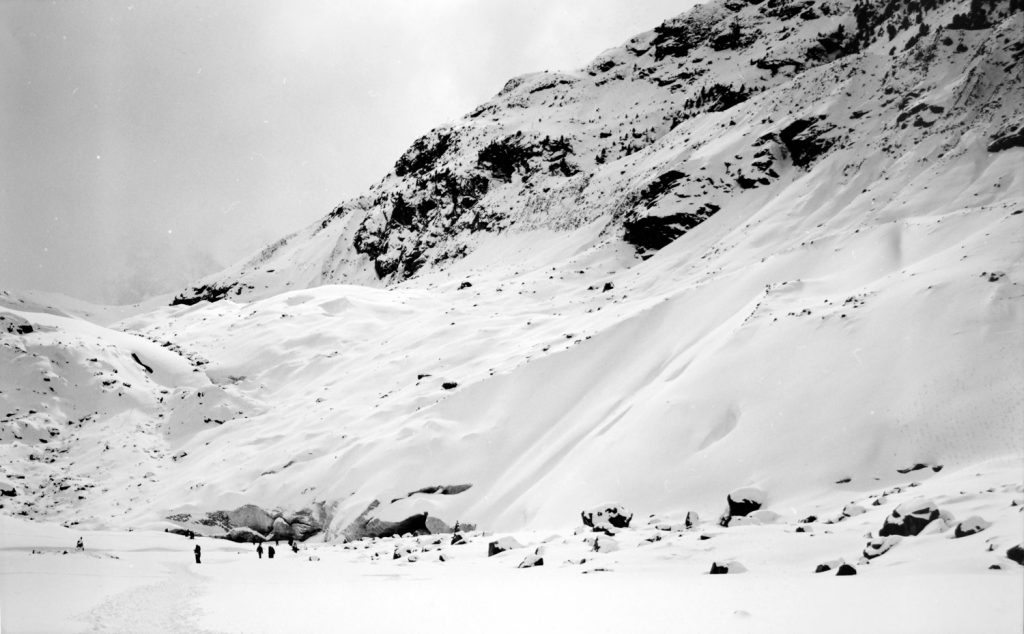
Student Work: Timon Ritscher, Jan Westerheide
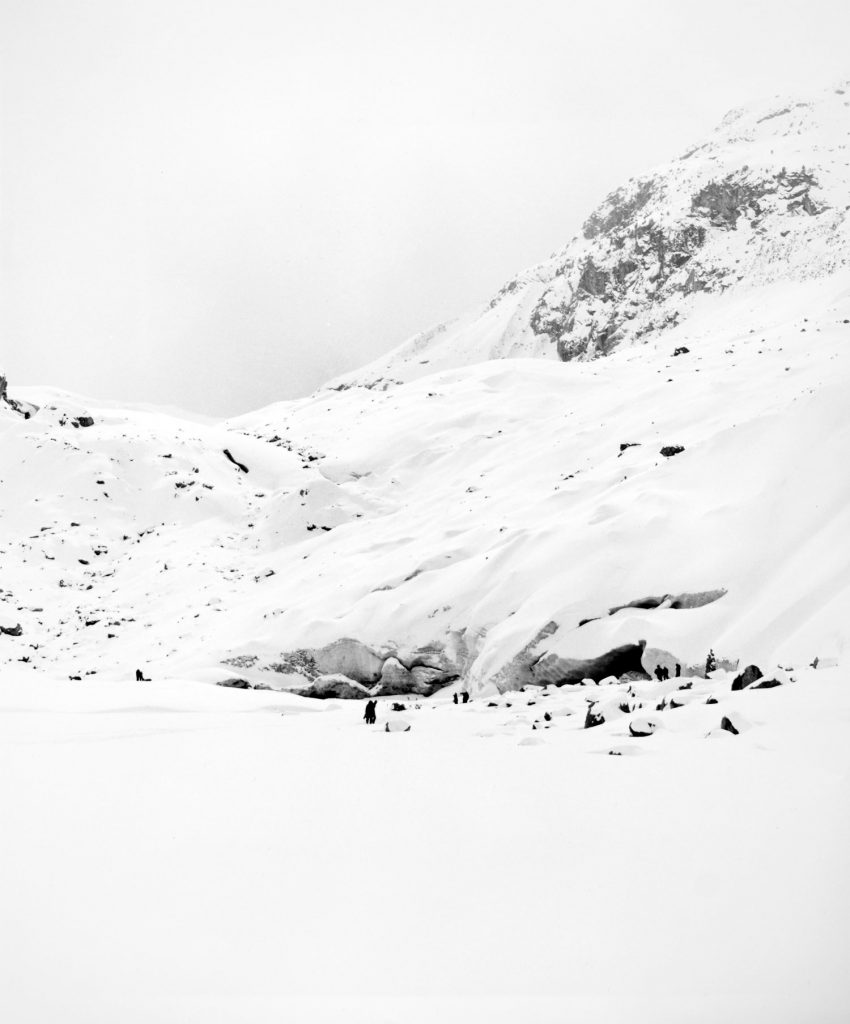
Student Work: Bess Laaring, Tulsi Vadalia
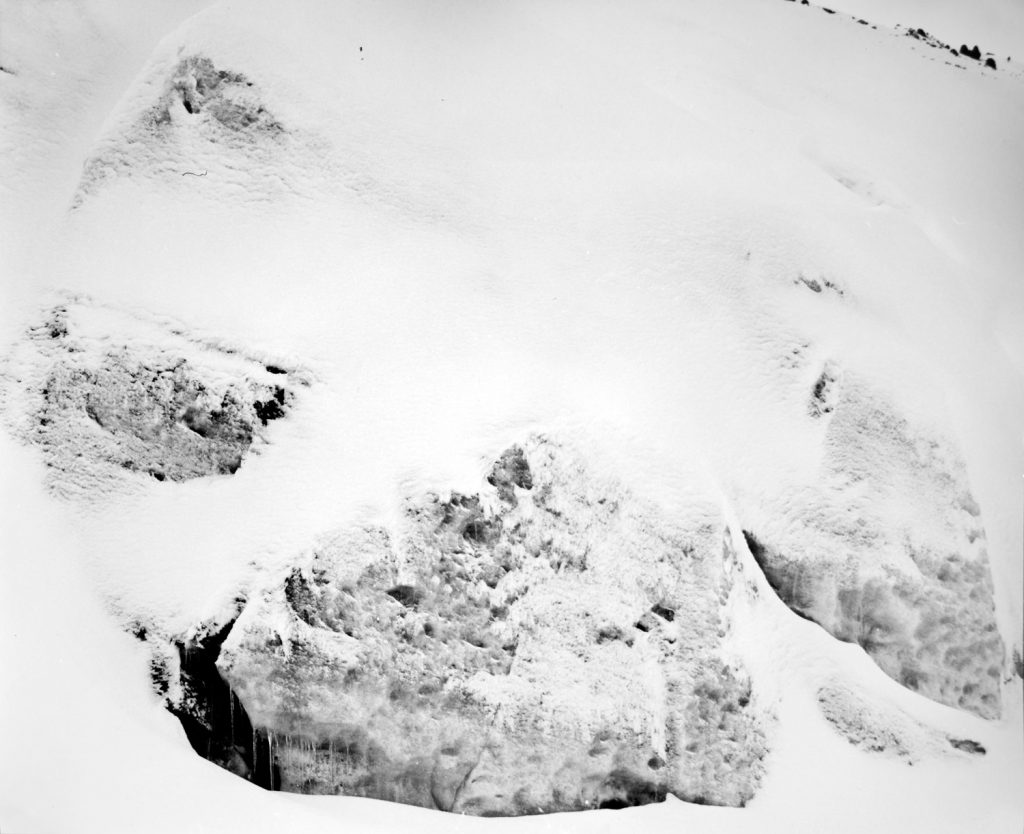
Student Work: Masahiro Gokita, Weilun Chen
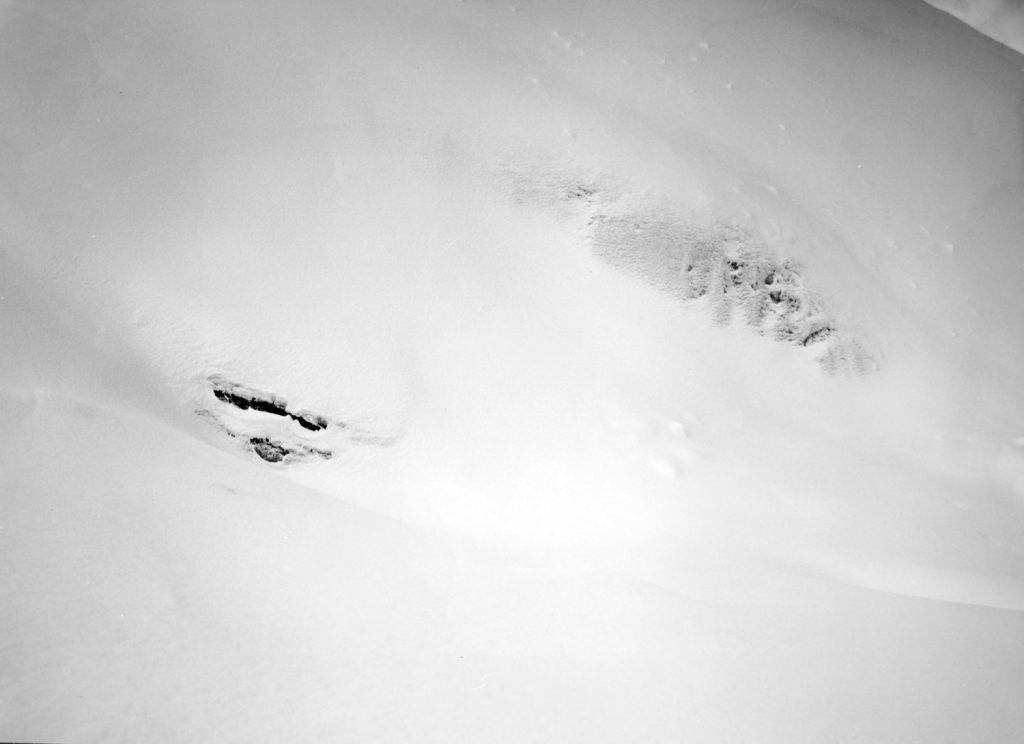
Student Work: Jungwoo Lee, Xijie Ma
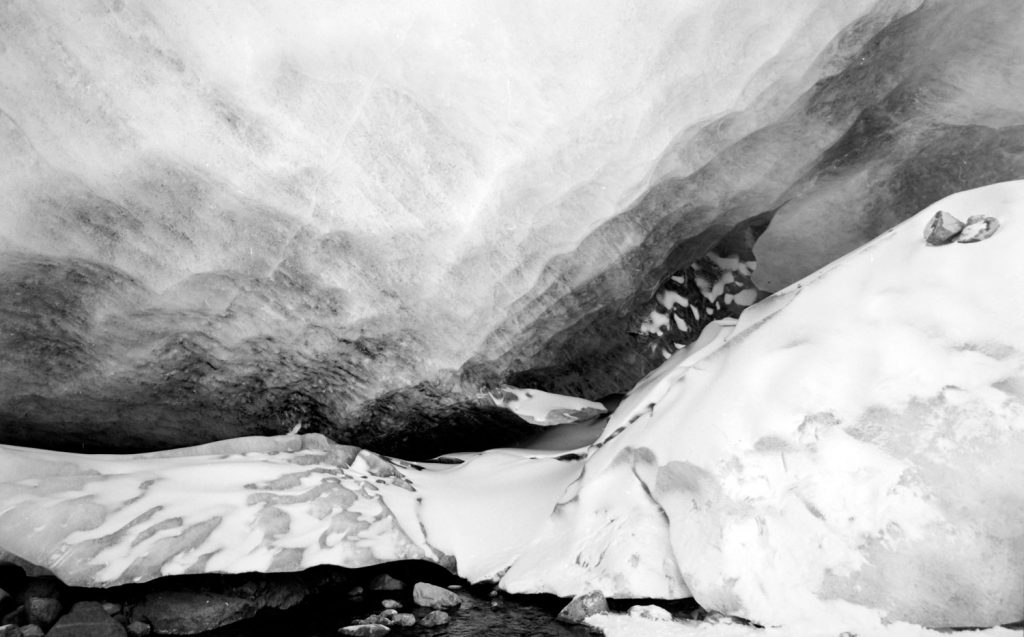
Student Work: Timon Ritscher, Jan Westerheide
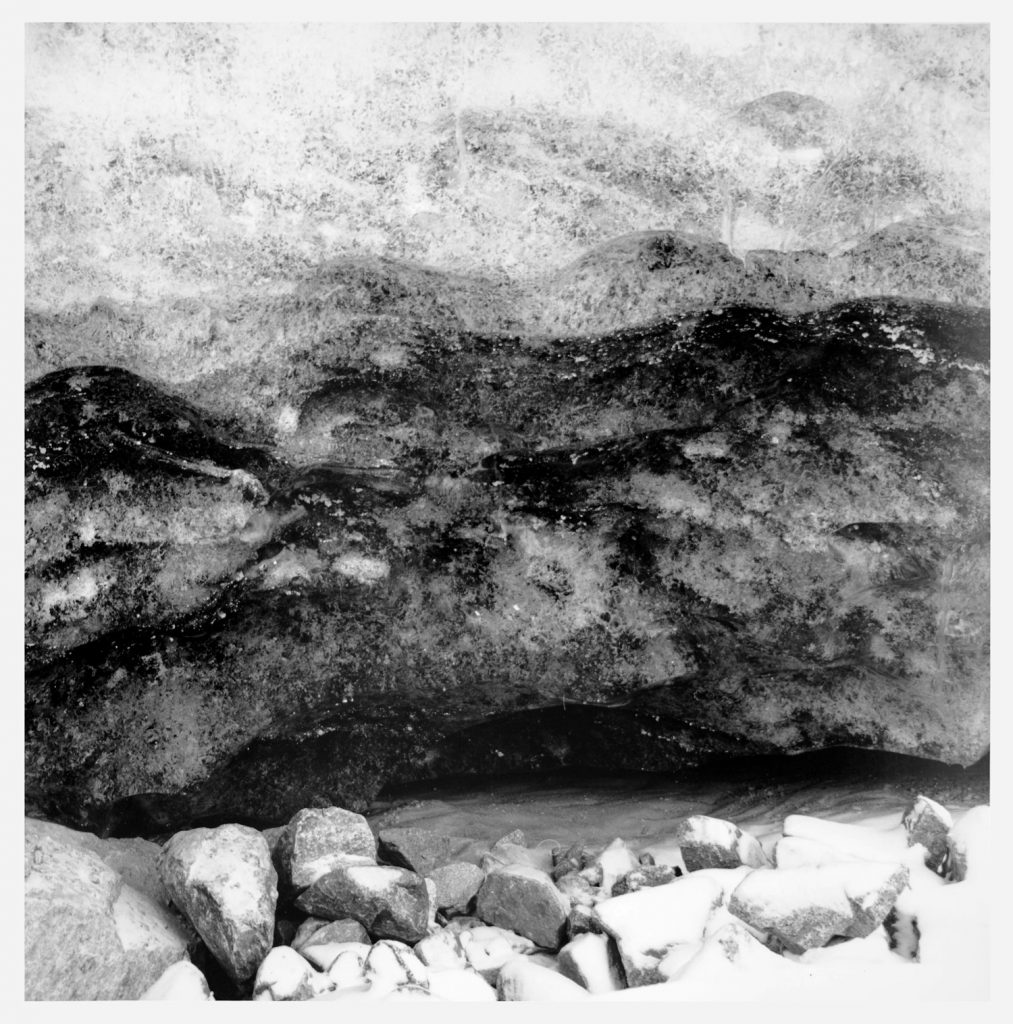
Student Work: Philipp Bosshart, Oliver Walter
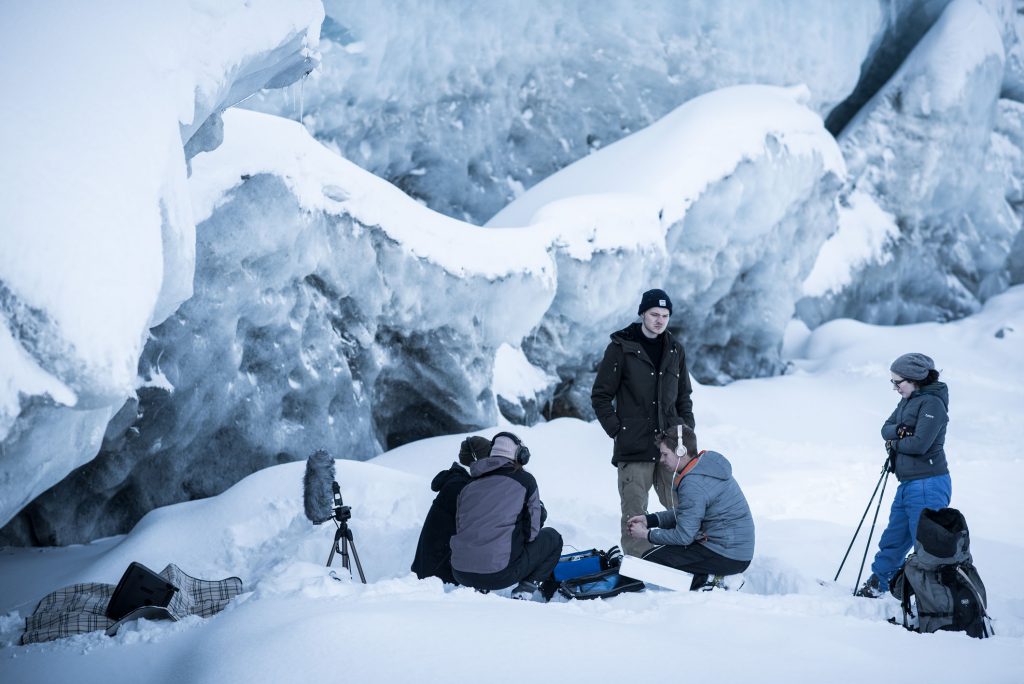
Image by Ralph Rosenbauer, Alpa of Switzerland
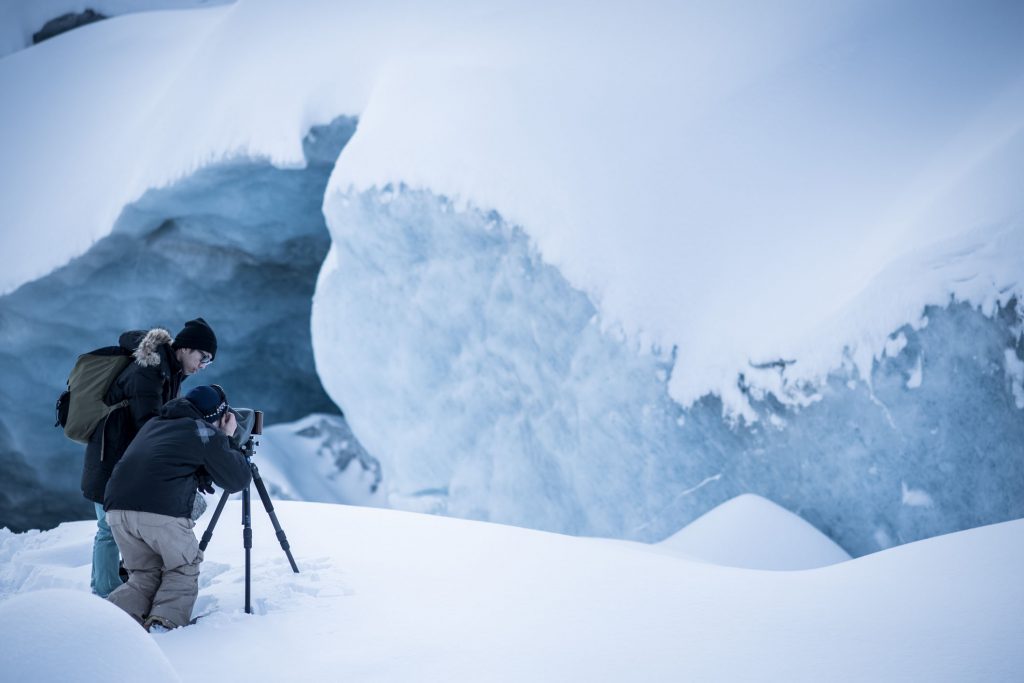
Image by Ralph Rosenbauer, Alpa of Switzerland
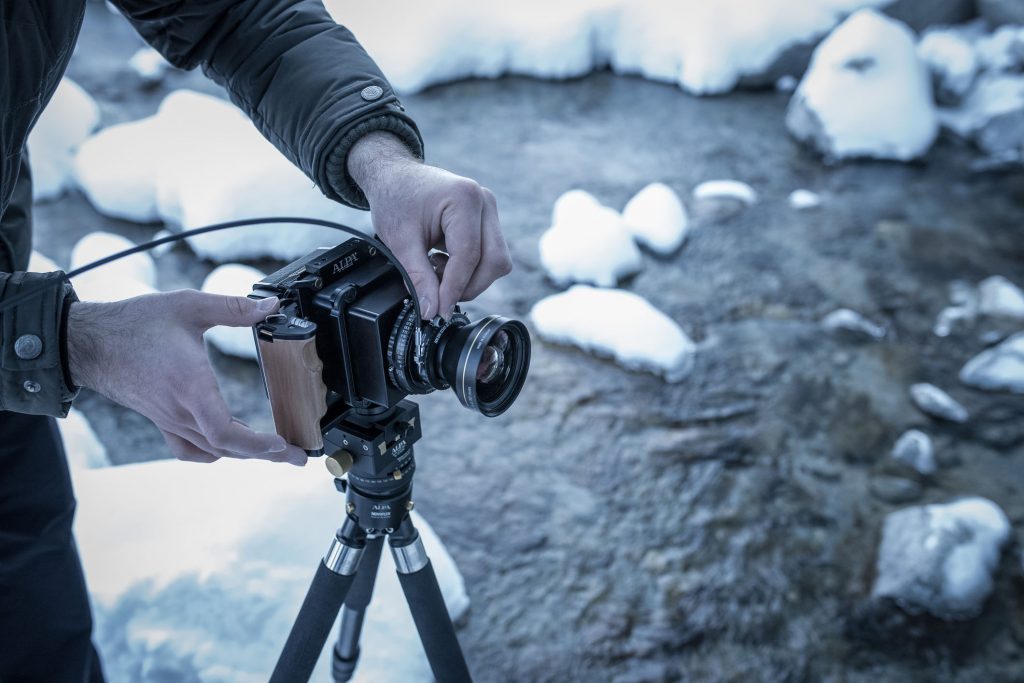
Image by Ralph Rosenbauer, Alpa of Switzerland

